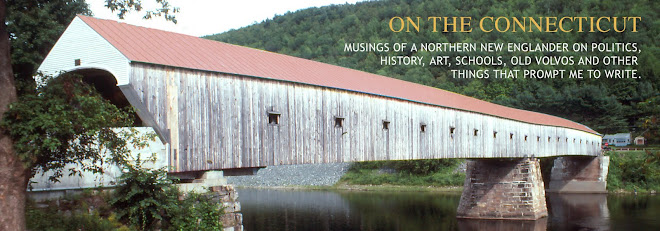On the first day of my first job after college, I was driving west out of Boston on Route 2 in a decrepit and rusty 1958 Volvo 445 station wagon — one I got for free from the side of a road. It was on its last legs, but it got me to my new job.
It was a warm summer morning, and the driver’s window was open. Suddenly, a pristine white Jaguar 3.8 Mk II sedan with a red accent stripe on the side streaked by at speed. The sound of its exhaust is something I have never forgotten. It was delightful.
To my surprise, the Jag was sitting in the parking lot when I pulled into my work. The owner was walking into the building, so I jumped out of my car and caught up with him. Malcolm Lee was to become one of my lifelong friends.
I was talking on the phone with him recently, when Malcolm told me a story I had completely forgotten — how I saved his life.
Shortly after we met, I went over to visit him with two coffees on a Saturday morning that he had told me he would be working on the Jag. His parents were in Europe, and he had the place to himself for a few weeks.
When I drove down the long driveway, Malcolm was under the Jag doing something. As I approached the car, I discovered the jack had fallen over and pinned him underneath. He begged in a weak voice to help him. I dropped the coffees, reset the jack, and lifted the car off him.
Malcolm was bruised but unhurt. I hate to think what would have happened if I hadn’t decided to stop by.
Soon after, he traded the Mk II for an E-type coupe, but that’s another story.
I'm just a gigolo...
-
OK. The truth be told, I guess I was a gigolo at one time.
I wasn't trying to be. But a woman I had sex with paid me for my time. It
started cuz I missed w...

















